What's Good: Small size, good reception.
What's Bad: Battery cover is flimsy, and the Shade doesn't offer 3G connectivity.
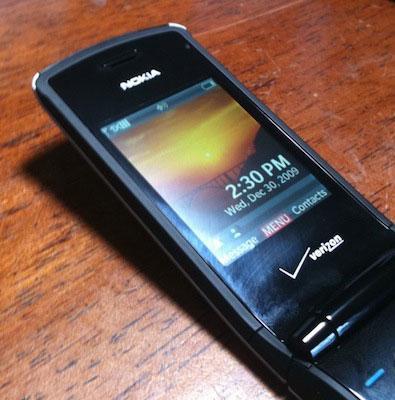
Despite the seemingly endless talk about smartphones, there's still a market for regular, reliable, entry-level cell phones. Quite frankly, I doubt that grandpa, the texting teenager, or those keeping a device for backup purposes want or need a fully equipped PDA. That being said, the Nokia Shade is a perfect entry-level smartphone for them to consider, despite a lack of 3G connectivity. But is it a device worthy of owning? I'll take a look at it below.
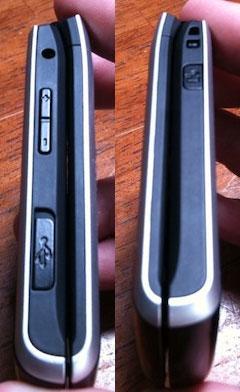
The left spine of the Shade contains a 2.5mm headphone jack, volume rocker, and a microUSB charging port. The right side sports a lanyard hole and a shortcut key to voice dialing. The front of the device the external display, the camera, and the external speaker. Overall, the device is relatively bland in appearance.
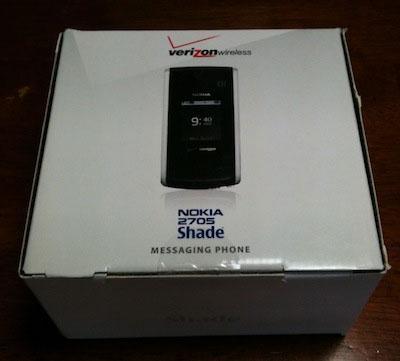
Like most Nokia devices as of late, packaging is minimalist and eco-friendly, offering the device, battery, wall charger, and instruction manuals. Coming in at 3.32 inches by 1.70 inches by 0.64 inch, the Shade tops the scales at a reasonable 2.6 ounces, making it light and easy to carry around on a regular basis. The 2.0-inch internal LCD display houses 262,000 colors and 160 x 128 pixels.
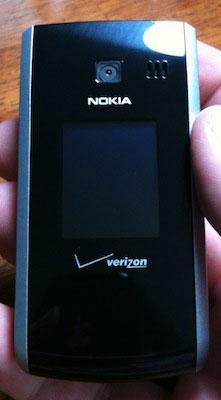
Like most non-smartphone devices in Verizon's lineup, the Shade ships with the carrier's stock user interface. Customization is reasonable, with the choice of four display themes and 22 wallpaper options. Font sizes can be selected for dial fonts and menu font sizes, and main menu settings offer users the ability for icons to be viewed in tab, list, or grid layout. The Shade supports instant messaging and mobile e-mail, with the latter costing $5 monthly. Ringtones, tones, sounds, and graphics are pre-installed for customization purposes, with the option of purchasing additional content through Verizon's storefront.
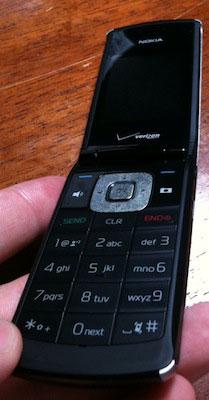
I tested the Shade in the Charlotte area, and call quality was quite good. Not only was call quality strong on my end, but callers reported similar results. When I went to a known Verizon dead spot in the area, I found calls to sound mostly clear, despite occasional choppiness. I successfully paired the Plantronics Voyager Pro Bluetooth headset to the device without issue, and Bluetooth functionality worked well throughout testing. When carrying several grocery bags into my apartment, I was able to use the device on my shoulder without trouble. The speakerphone was a mixed bag. Though quite good on my end, several callers noted that I sounded muffled, and in many instances I had to speak up. When testing the device in a busy convenient store, I was able to hear my callers well.
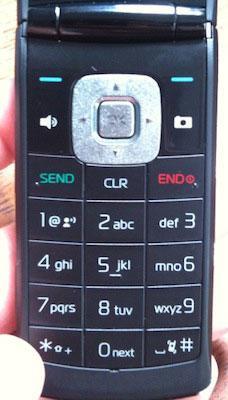
A typical trend with entry-level devices, the Shade is a 1xRTT device, meaning that it doesn't offer 3G connectivity. CNN Mobile loaded in 20 seconds, and the PhoneDog homepage loaded in just over a minute. The browser is clearly for occasional use only. The only thing I was less than impressed with was the method of entering URL's. Instead of a built-in option, the phone requires you to go back to a URL-entry page each time you want to input a website. After browsing for more than a few minutes, it gets a bit frustrating.
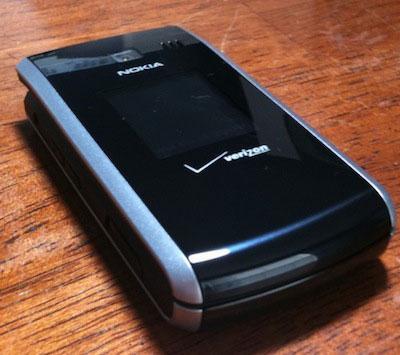
Estimated talk time is 5 hours, and in my testing, battery life was quite good, due primarily to the 1X connectivity. With moderate use encompassing text messaging, calling, e-mail, and light web browsing, I was able to use it just over two days before the low battery warning flashed. With little to no use, the device lasted just under four days. Like any wireless device, battery numbers will vary with the level of usage that they're subjected to between charging cycles, but the demographic that the Shade 2705 appeals to should be fine with the battery life.
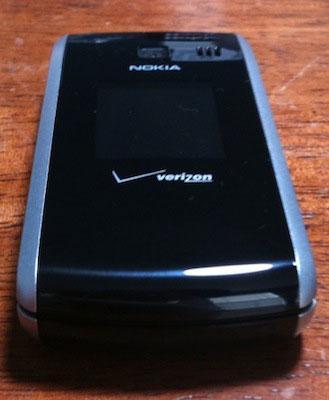
Sure, the Nokia Shade isn't going to appeal to everyone. With a relatively basic feature set, it's clear that the device is marketed towards the first-time phone owners or those that use their wireless devices on a sporadic basis versus the corporate professional. Perhaps the most frustrating issue with the Shade is the lack of 3G. While the argument of "not everyone needs 3G" is true, I maintain my argument that a device shipping without it in 2009 is a bit unacceptable. I'm also frustrated with the decision to utilize a 2.5mm headphone jack instead of the standard 3.5mm configuration. Barring those two issues, the Shade is a decent entry-level handset that would fit the bill for new and casual cell phone users. The numeric keypad is relatively comfortable and easy to use, and it offers decent functionality across the board.
